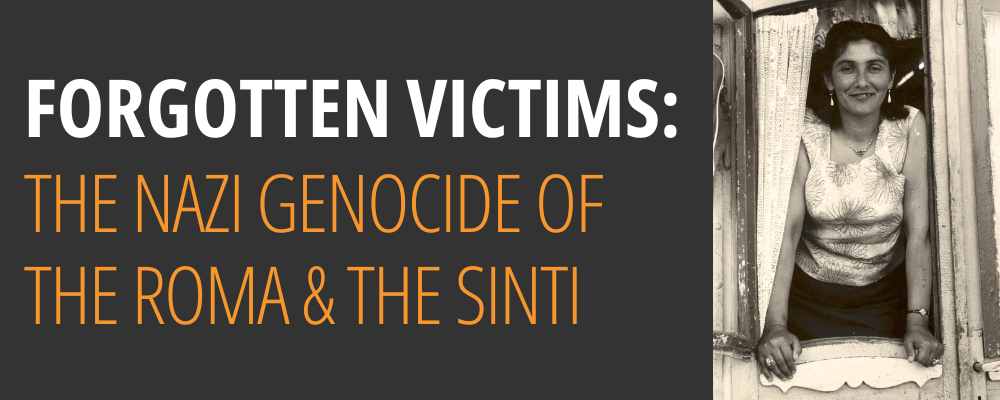Speakers Bureau - In-Person and Virtual. Request a speaker for your class, school or group. Learn more and request a speaker.
Plan your visit! Finding Light in the Darkness - Open Sundays. Check out the calendar for special progamming in the museum, including "Ask a Survivor" and "Unlocking the Archives."

On View June 30-August 25 - Forgotten Victims: The Nazi Genocide of the Roma & the Sinti. Special museum member event on July 21!
Through stories and the history of the Holocaust, we see that our actions have the power to make a difference. Your support makes this possible! Make a gift today!
Report an incident, respond to antisemitism at school, plan a workshop for your school or community. Report, Respond, Educate
Holocaust Survivor Encyclopedia: Washington State - Stories, artifacts, and photos of survivors who made Washington State their home.